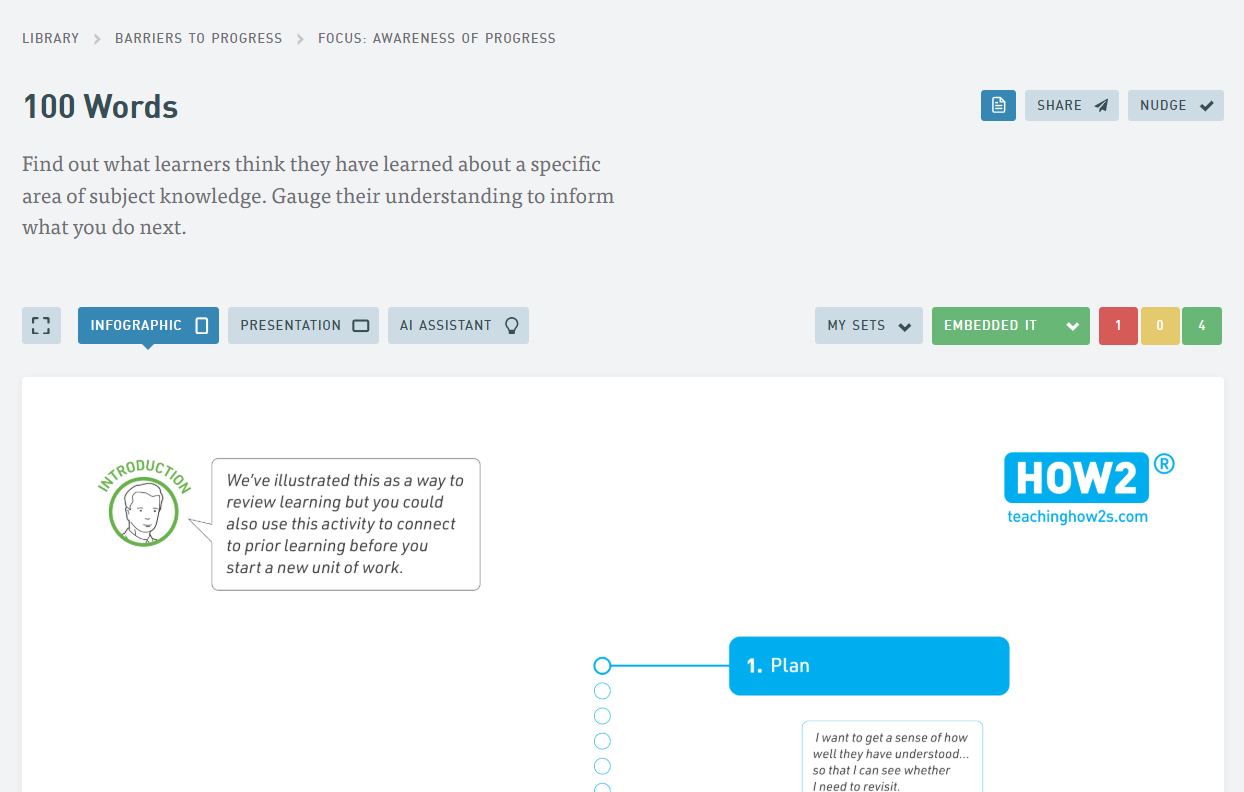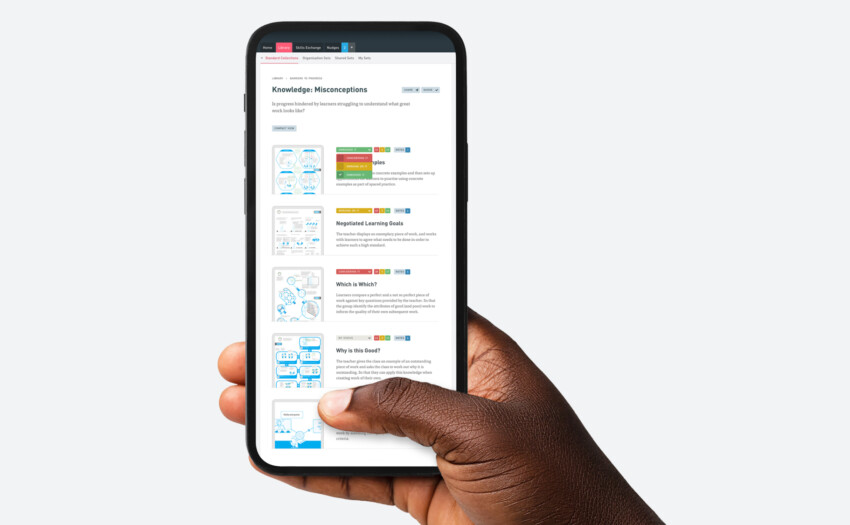First Weeks, Lasting Impact: The Case for Routines
By Damian Rollinson Small, Director of Partnerships, HOW2

The first weeks of a new academic year shape everything that follows. For teachers, it’s the moment to set the tone, establish expectations, and give students the habits that help them succeed. Simple routines — from how lessons begin and end to how thinking and understanding are built along the way — reduce uncertainty, save time, and create classrooms where learning can take centre stage.
From First Minutes to First Habits
The opening moments of a lesson do a lot of heavy lifting. A consistent Entry Routine moves learners from corridor to concentration quickly. Expectations are visible, repeated, and automatic — so learning starts straight away, every time.

Working Well at the Desk
Once students are in, Desk Work routines make the basics — materials out, task started, attention sustained — predictable. Teachers give fewer low-level reminders and spend more time guiding thinking. Students build independence and take ownership of their work.

Make Thinking Routine, Too
Routines aren’t only about behaviour — they can also shape how students learn. Interleaving is one such habit: instead of practising one topic at a time (blocking), students mix different topics or problem types in a single session.
Blocking feels easier because repetition creates short-term familiarity, but it fades quickly. Interleaving is harder in the moment, yet it strengthens memory, improves recall, and helps students tell concepts apart.
Embedding interleaving early encourages flexible thinking and long-term retention. Switching between topics mirrors the variety of an exam, reduces the chance of forgetting older material, and builds learners who are more resilient and self-directed.

Close with Purpose
How lessons end matters. An Exit Routine provides structure for consolidation and reflection — whether that’s a quick prompt, a short summary, or a written response. Over time, students come to expect a complete learning arc: begin well, work well, finish well.

Check Understanding — Little and Often
Assessment works best when it’s woven naturally into classroom routines rather than treated as an add-on. Simple, low-stakes checks like 100 Words (asking students to summarise a concept in exactly 100 words) give a quick picture of what’s been remembered and how securely it’s understood. Used regularly, these activities normalise feedback, help students reflect on their learning, and give teachers clear pointers for what to revisit next.

Scaling What Works Across a College
This doesn’t have to be one teacher at a time. With HOW2, colleges can create Sets of techniques — for example, a start-of-year bundle featuring Entry Routine, Desk Work, Interleaving, and Exit Routine — and share them instantly with every teacher. That builds a common language, consistent expectations, and targeted CPD that moves from “what” to “how” with practical, step-by-step techniques.
Why Routines Win
Routines strip out uncertainty. They lower anxiety, save time, and sharpen attention — so more energy goes into the hard, rewarding work of learning. When students know how to begin, how to work, how to think, and how to finish, classrooms run smoother and understanding runs deeper.
Final Thought
Set expectations from the start. Establish routines like Entry and Exit, build in Desk Work and Interleaving, and weave in quick checks such as 100 Words. The payoff is simple: less time spent managing, more time spent teaching. That’s the point — routines that allow learning to flourish.
-
To learn more about the HOW2 Platform, follow TeachingHOW2s on LinkedIn for updates and insights.






